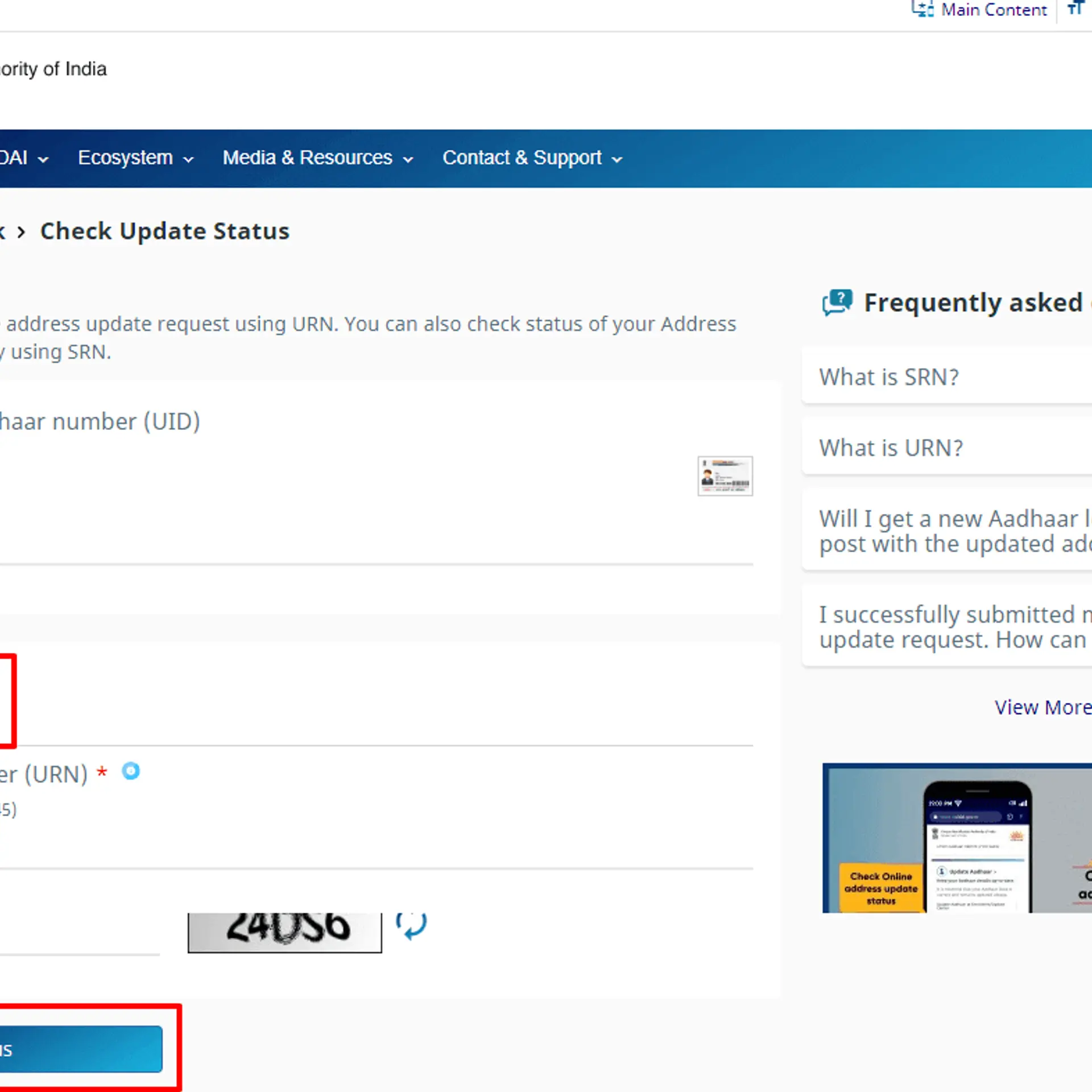

Student Engagement Survey
A student engagement survey is an effective way to learn about students and how to best meet their needs. Using a survey format may be more comfortable for students and encourage honest feedback.
Teachers and school staff members work hard to teach children and help them to succeed academically, but they are often concerned with more than just reading and math. In addition to academic aptitude, a student’s social-emotional well-being, ability to persevere, connection to other adults and classmates, health habits and life outside of school are important factors that concern educators. Because a student brings each of these elements with them into the classroom every day, it’s important to be aware of and address them.

Unfortunately, even with the best of intentions it can be difficult to completely understand the dynamics of each student’s experience. Students may be uncomfortable sharing their thoughts and concerns with adults, educators may not have the time to fully engage with each student or they might not know the questions they should ask to get the dialog going.
A student engagement survey is an effective way to learn about students and how to best meet their needs. Using a survey format may be more comfortable for students and encourage honest feedback. Less vocal students are represented equally to their more vocal classmates, providing a better understanding of the student body as a whole.

School Perceptions, LLC has developed a research-based survey to measure all the important components of a student’s success in and out of the classroom:
1. Connectedness: The student has positive relationships with peers and adults, is actively involved in school-related activities and feels a sense of belonging.
2. Drive: The student has the courage and resolve (grit) to see tasks through to completion despite setbacks and obstacles. They challenge themselves to higher level thinking by taking more challenging courses and having exposure to a higher level of rigor.
3. Citizenship/Leadership: The student motivates and inspires individuals or groups to achieve their goals. They understand the importance of following the rules and are seen as a role model among their peer group for making responsible decisions.

4. Preparation: The student has clear goals for their future, has identified the steps to reach their goals as well as sees a connection between their current learning and activities and their future.
5. Social and Emotional Aptitude: The student has the ability to understand and manage emotions, identify and utilize critical resources in times of need, feel and show empathy for others and demonstrates self-control.
6. Wellness: The student maintains a healthy lifestyle and makes decisions in the best interest of their overall health.
In addition to measuring overall engagement in these key areas, it’s important to know how to address areas of concern and where to focus attention. By identifying student demographics before survey administration, the School Perceptions software is able to break down student scores by subgroups of the population. Using this information, educators are able to identify where their attention is most needed, giving them the tools they need to best help students to succeed.
Looking at the whole child comes naturally for teachers. Knowing how to get the information they need to help students can sometimes be challenging. A student engagement survey can provide the answers they need to provide students the best education possible and help them meet their full potential.




![Get more Views on YouTube for FREE [Complete Guide]](https://images.yourstory.com/cs/1/c0899f40-0509-11e9-9820-1f4fb7912c4d/Get_more_Views_on_Youtube_complete_guide1561245757751.jpg?mode=crop&crop=faces&ar=1%3A1&format=auto&w=1920&q=75)


